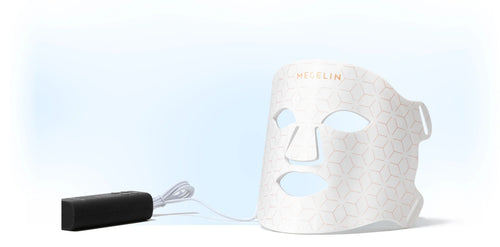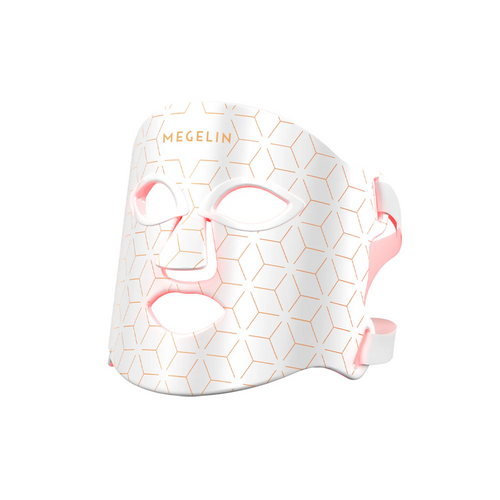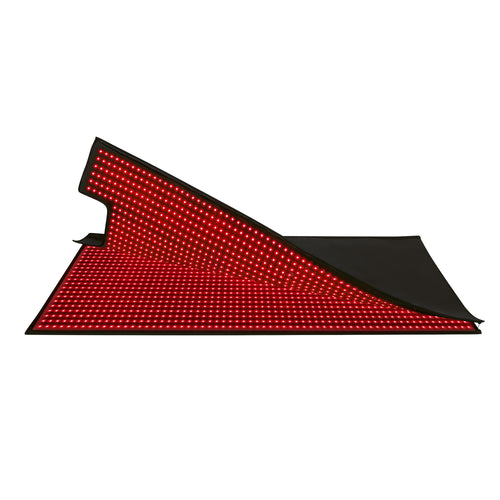
The Complete Guide to EMS Fitness Training at Home
EMS, short for Electrical Muscle Stimulation, is a modern fitness technology that uses low-frequency electrical impulses to stimulate muscle contractions.
In simple terms, it mimics the natural signals your brain sends to your muscles during regular movement — but in a more focused, efficient way.
When you perform traditional workouts, your brain activates only a portion of your muscle fibers at once. EMS training enhances that by sending external electrical impulses directly to the muscle fibers, resulting in stronger and deeper contractions.
That’s why EMS is often described as “smart fitness” — it helps you achieve more in less time.
Originally developed for medical rehabilitation, EMS was used to prevent muscle atrophy in patients who couldn’t move regularly. Today, it has evolved into a full-fledged fitness and performance tool, popular among professional athletes, physiotherapists, and home users looking for efficient body toning.
So, is EMS a replacement for traditional workouts?
Not exactly. Think of it as an enhancement — a way to activate muscles more effectively, improve posture, strengthen the core, and accelerate recovery. When combined with regular exercise, EMS can amplify your results significantly.
How Does EMS Work for Muscle and Fat?
The science behind EMS is surprisingly simple yet powerful.
When an EMS device delivers electrical pulses to your muscles, those pulses penetrate deep into muscle tissue, causing involuntary contractions that resemble those of voluntary exercise — only stronger and more frequent.
These contractions activate both fast- and slow-twitch muscle fibers, which improves overall strength and endurance.
The result: you’re working out more muscles in less time.
But EMS isn’t just about muscle activation — it can also influence fat metabolism. The repeated contractions increase local blood circulation and stimulate metabolic activity, helping your body burn calories even after the session ends.
Scientific studies have found that EMS can increase muscle activity by 30–40% compared to conventional training. In other words, it’s not just hype — it’s measurable science.
For example, in one 2020 study, participants who practiced EMS training twice a week for eight weeks experienced significant improvements in both muscle tone and body composition — without increasing workout duration.
Benefits of EMS Fitness Training
Why has EMS become such a buzzword in the fitness world? Here are the main benefits that make it worth trying — especially for home users:
1. Save Time
An average EMS session lasts 20 minutes, but it can deliver results comparable to 90 minutes of traditional strength training. Perfect for busy professionals or parents who don’t have hours to spend in the gym.
2. Full-Body Activation
EMS can stimulate up to 8–10 major muscle groups simultaneously — including your core, legs, glutes, arms, and back. That’s why it’s so efficient for overall body toning.
3. Improves Circulation and Reduces Soreness
The gentle pulsations improve blood flow, helping nutrients and oxygen reach your muscles more efficiently. Many users report reduced stiffness and faster recovery after intense workouts.
4. Corrects Posture and Strengthens the Core
Since EMS engages stabilizing muscles that are often overlooked, it can help improve posture, core balance, and even reduce back pain caused by long sitting hours.
5. Suitable for All Fitness Levels
Whether you’re a beginner, recovering from an injury, or an advanced athlete, EMS intensity can be fully customized.
It’s especially beneficial for people with limited mobility or those returning to training after a break.
EMS vs. Traditional Workouts: Which Is Better?
Both EMS and traditional workouts have their strengths — but they serve slightly different purposes.
For best results, combine both: use EMS to enhance your muscle activation and metabolic rate, and traditional resistance or cardio workouts to improve strength and endurance.
This hybrid method offers the best of both worlds.
How to Use EMS Training at Home
Starting EMS training at home is easier than you think — all you need is a reliable EMS device and a bit of guidance.
Step 1: Choose Your Device
Pick one based on your goals:
- EMS Belt – great for abs and core.
- EMS Suit – covers the whole body for full activation.
- EMS Pads – ideal for arms, thighs, or glutes.
- Integrated Smart Wearables – AI-based, app-controlled systems for advanced users.
Step 2: Prepare Your Body
- Stay hydrated before training.
- Clean and slightly moisten the contact pads for better conductivity.
- Avoid using immediately after eating.
Step 3: Set the Intensity
Start with low to moderate intensity and gradually increase as your muscles adapt.
You should feel contractions but no pain.
Step 4: Training Duration
A typical EMS session lasts 15–25 minutes.
Overtraining can cause fatigue, so keep it short but consistent.
Step 5: Frequency
For optimal results, do EMS workouts 2–4 times per week, leaving at least one rest day between sessions.
Best EMS Home Devices to Try in 2025
With the growing popularity of home fitness, the EMS market is booming. Here are some top-rated options for 2025:
1. Megelin EMS Training Suit
A full-body EMS suit with multiple electrode zones and Bluetooth control. Known for its comfort and smart customization, it’s ideal for users seeking an all-in-one training experience.
2. PowerDot 2.0 Smart Muscle Stimulator
A compact, app-controlled EMS pad that targets specific muscle groups. Excellent for recovery, pain relief, and post-workout activation.
3. Nushape EMS Leggings
Designed for glute and leg toning, these leggings combine style and performance — a perfect match for users who want visible lower-body results.
4. Therabody PowerDot Pro
A premium EMS option trusted by athletes, integrating recovery and performance modes through an intuitive app interface.
Each of these devices offers adjustable intensity, mobility, and comfort — making at-home EMS training more accessible than ever.
Safety & Side Effects: Is EMS Training Safe?
For most healthy individuals, EMS training is safe and non-invasive.
However, as with any form of stimulation or exercise, it’s important to follow safety guidelines.
Who Should Avoid EMS
- Pregnant women
- People with heart pacemakers or cardiac disorders
- Individuals with epilepsy
- Anyone with open wounds or skin irritation in target areas
Common Side Effects
When used incorrectly or too frequently, users may experience:
- Mild muscle soreness (similar to post-workout fatigue)
- Temporary redness or tingling sensation
These are normal and fade quickly. Always clean your device pads, keep your skin dry after use, and avoid placing electrodes over the chest or head.
How to Get the Most Out of Your EMS Workout
EMS isn’t magic — but when paired with healthy habits, it can deliver impressive transformations.
Combine with a Balanced Routine
Mix EMS sessions with light cardio like walking or cycling and strength exercises like squats or push-ups for a complete fitness plan.
Focus on Nutrition
Protein intake supports muscle repair and growth.
Stay hydrated and fuel your body with lean meats, eggs, or plant-based proteins.
Warm Up and Cool Down
Even short EMS sessions benefit from 5 minutes of warm-up stretches and post-session relaxation to improve recovery.
Track Your Progress
Monitor your body composition, strength levels, or circumference changes every few weeks. Seeing measurable improvements keeps you motivated.
Real Results: What Users Say About EMS Training
User reviews and case studies consistently highlight the visible and measurable benefits of EMS training.
- 3-Month Transformation: Many report noticeable tightening in their abs and thighs, with a reduction in waist circumference after consistent use.
- Improved Muscle Recovery: Athletes often use EMS to reduce soreness and enhance performance.
- Better Posture and Energy Levels: Office workers and postpartum users find EMS especially helpful for core activation and lower-back support.
One study found that after 8 weeks of EMS training, participants showed a 4% reduction in body fat and a 10% increase in muscle firmness — even without increasing total workout volume.
Final Thoughts: Is EMS Fitness Training Worth It?
If you’re looking for a smart, efficient, and flexible way to stay fit at home, EMS training is absolutely worth considering.
It saves time, enhances muscle activation, and supports fat metabolism — all from the comfort of your living room.
While it’s not a replacement for regular exercise, it’s one of the best supplements to modern fitness routines available today.
Start slow, stay consistent, and use EMS as part of a holistic approach to health — combining balanced nutrition, movement, and recovery.
With the right plan and device, your next level of fitness might just be one pulse away.






